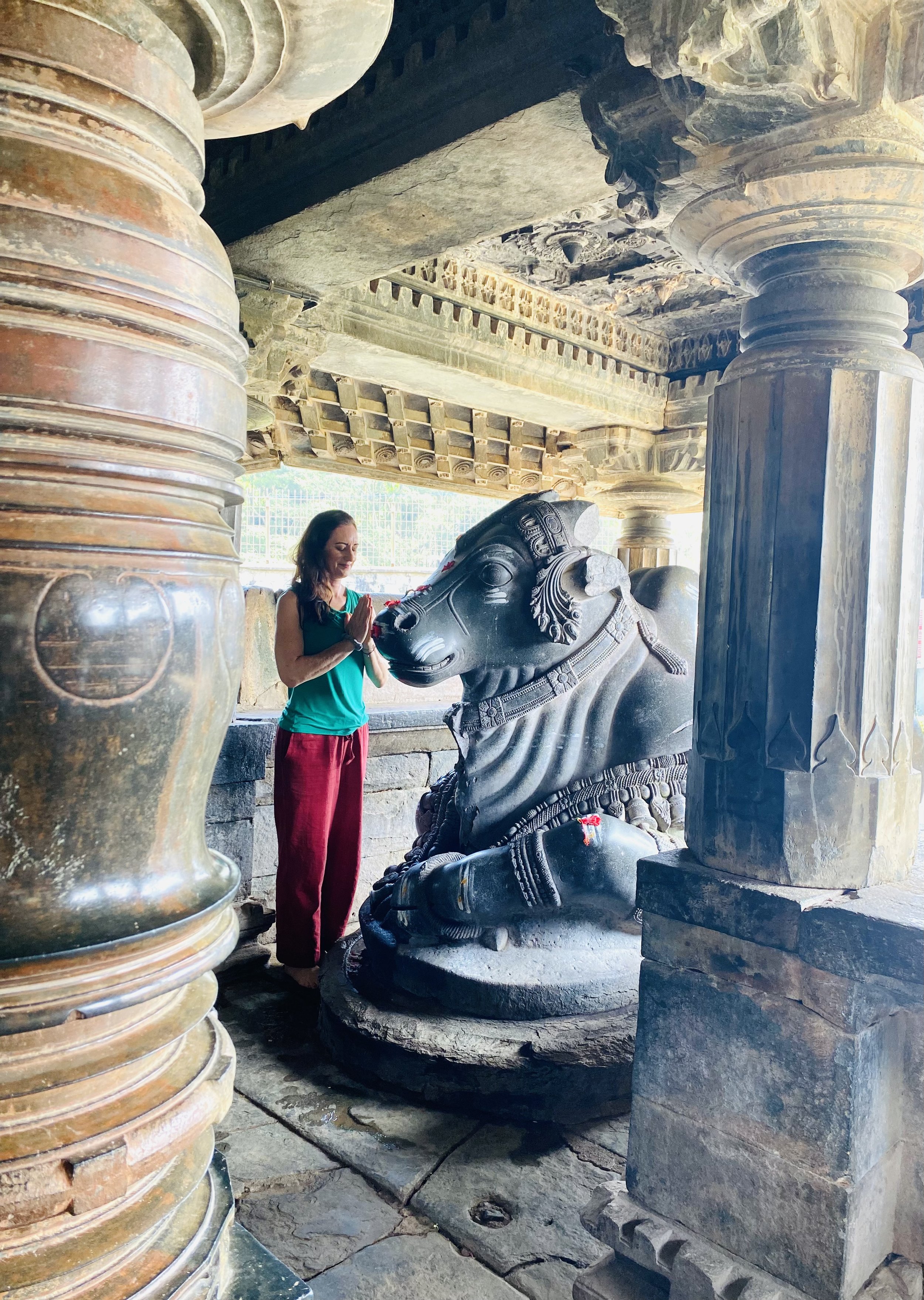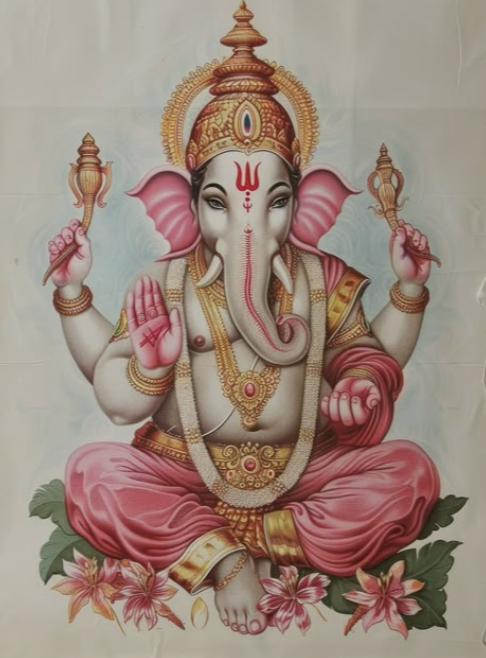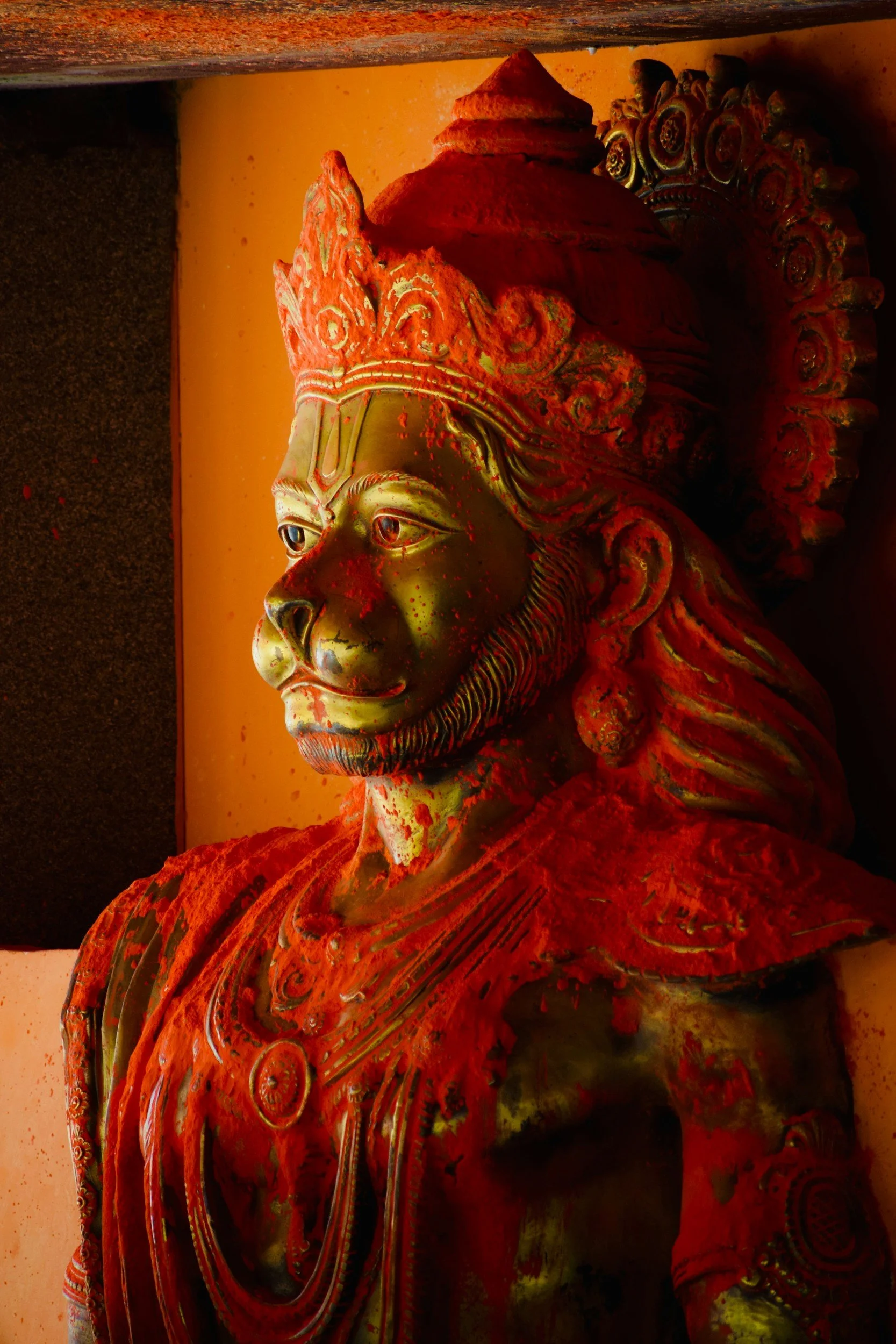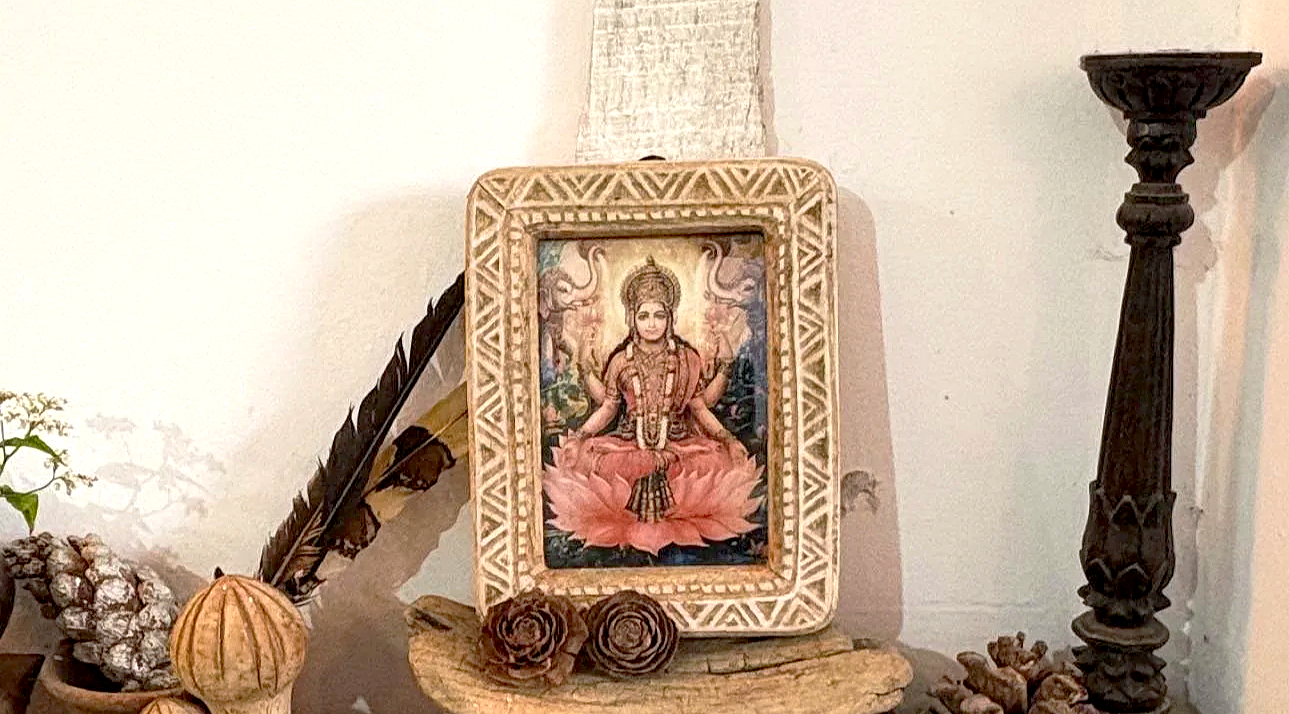
Learn Vedic Chanting
Start your sādhanā
Your daily spiritual practice or focused ritual is designed for meditation and inner absorption. Learn practical skills to overcome obstacles, gain clarity, and enhance your health and happiness.
A mantra practice shifts your energy, bypasses the thinking mind, regulates your nervous system, and shapes the story you live in this world. It’s not magic or instant results. It’s a practice. One that works on the subtle body, the subconscious, and the soul.
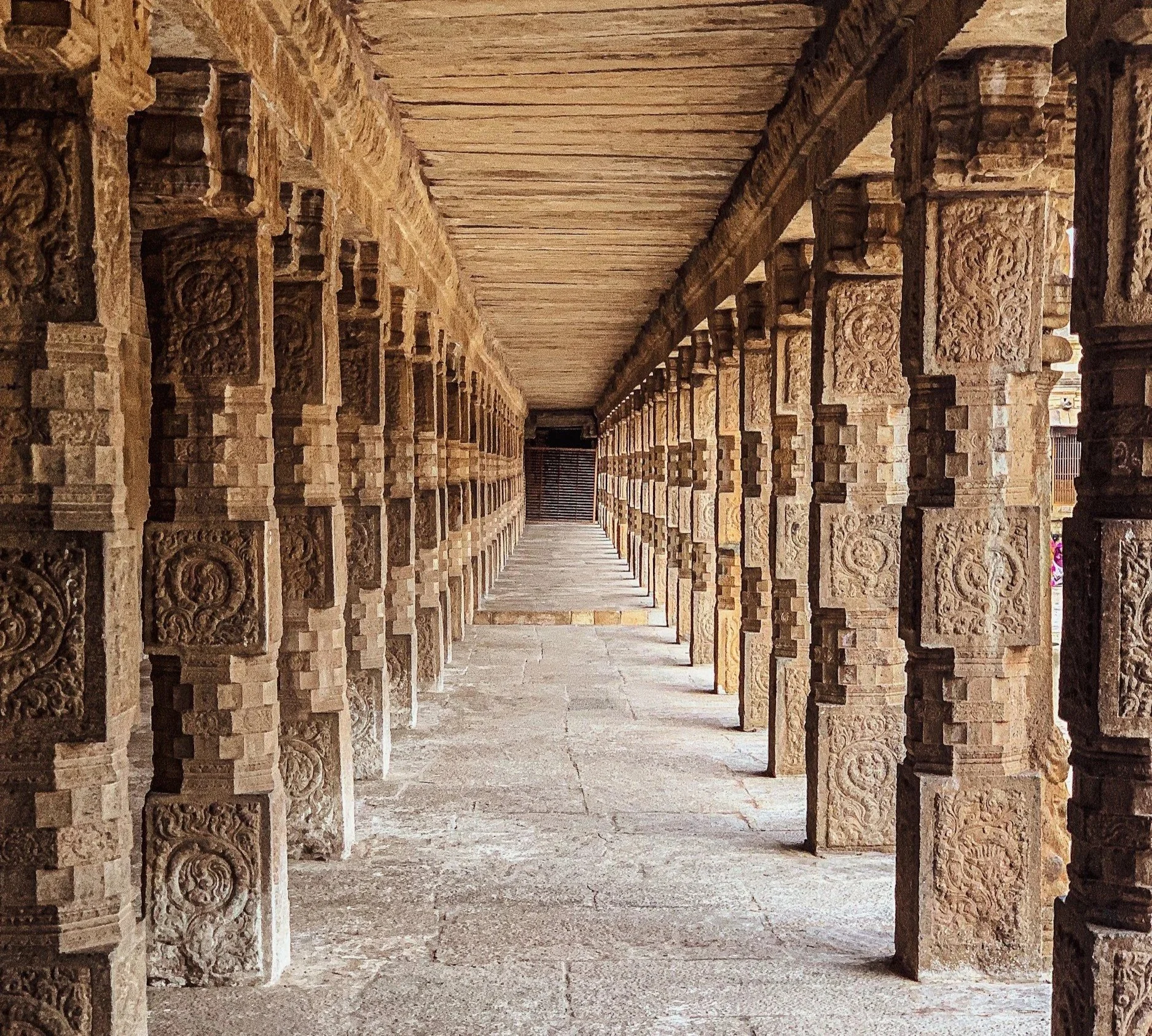
Why Does Mantra Carry Power?
In our westernized practices, the word “mantra” has become mainstream as “intention.” Yet the two are actually quite different. The word mantra is two parts: “man,” (mind), and “tra,” (transport or vehicle). In other words, a mantra is an instrument of the mind, a powerful sound, or vibration that is used to enter a deep state of meditation.
Sanskrit is the world’s oldest language for spiritual literature and Vedic chanting. In the Krishnamacharya tradition, similar to other lineages, the emphasis on learning Sanskrit is linked to grammatical study, science of vibration, chanting (not singing), and philosophy. By learning Sanskrit grammar, a student can read sacred texts, pronounce mantras properly, and grow in one’s personal development of yogic wisdom.
Sanskrit is also a sound-based structured language that is designed mathematically with intonations, precision, clarity, and traditionally passed down orally from teacher to student. Strict rules of recitation are often observed, requiring complete concentration during the practice. The mantras and hymns were revealed to the great sages of ancient India in deep meditative states, which is why mantras of the Vedas hold symbolism which through recitation, self-study and discipline, reveal themselves to the practitioner resulting in personal healing and growth. When carefully chosen and used silently, mantras are said to have the ability to help alter your subconscious, habits, and afflictions. Mantras, when spoken or chanted, direct the healing power of praṇa (life force energy) and, in traditional Vedic practices, can be used to energize and access spiritual states of consciousness.
More than Sound
DAILY CHANTS
Vakratuṇḍa Mahākāya
-
Gaṇeśa, who is the remover of obstacles, son of Śiva, and leader of the demigods.
-
One of the four daily chants dedicated to Gaṇeśa, who is the remover of obstacles. He is widely invoked before undertakings to ensure success and is honored as the god of new beginnings
Sarasvatī Namastubhyaṃ
-
Sarasvatī who is the Hindu goddess associated with knowledge, intellect, art, music, creativity, and learning
-
Guru Mantra
-
Honoring your teachers, mentors, and main core energies of Hinduism of Brahmā, Vişņu, and Śiva
-
For the the Trinity honoring your mentors, teachers and many others Brahmā, Vişņu, and Śiva
Learn the Hanuman Chalisa
A poem composed of 40 verses is dedicated to Hanuman. He is famous for his affinity to Lord Ram, and is considered to be embodiment of courage, friendship, surrender, and devotion. Hindus have always believed that a temple can be created in the mind. When a seeker use words, phrases, and poems, one can bridge the psychological world with the material world. If you are a seeker, this story will offer you the anchor and insight to support your journey.
The Hanuman Chalisa comprised in Awadi (an old dialect of Hindi) was written by Goswami Tulsidas. It is believed that an ailing Tulsidas would chant the praises of Hanuman, which helped Tulsidas regain his health. Its popularity remains organic and timeless.
The word mantra means that we will ponder, that we will reflect upon. You arrive to a teacher, they say something, and you go back home to reflect upon that again. The purpose of mantra is to help us cross a harbor or obstacle.
मननात् त्रायते इति मन्त्रः॥
mananāt trāyate iti mantraḥ ||
“Who reflects on this,
will cross the obstacle”.
— TKV Desikachar on Vedic Chanting

